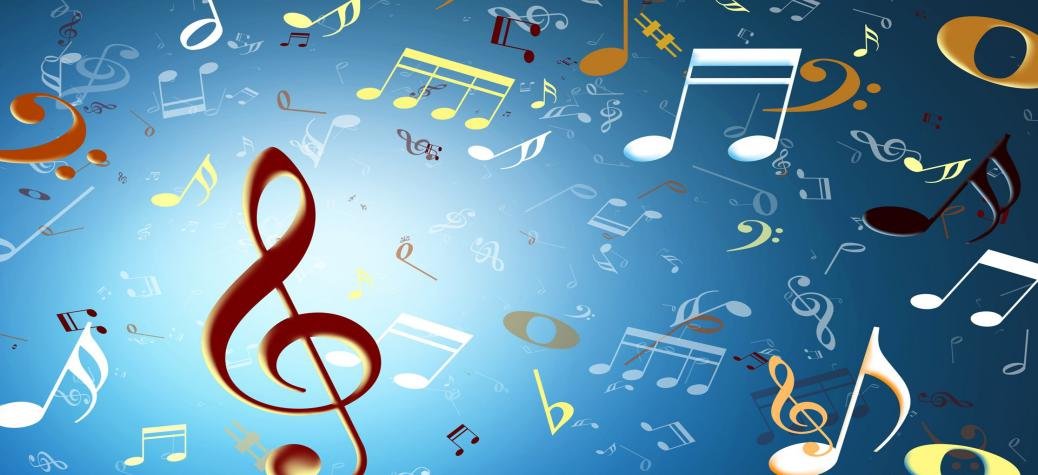Scientific research into the effects of music in sport developed around the 1990s. It identified 5 specific functions that have been attributed the power to influence the performance of athletes, both during competitions and during sports sessions. ‘training.
It is about dissociation, synchronization, control of arousal, acquisition of motor skills and achievement of competitive trance.
Let’s see them in detail:
1- Dissociation consists in the effect produced by the music of distracting from the feeling of fatigue and the perception of the efforts that are accomplished by helping to create a positive state of mind, by removing the tensions and fears related to the result. It should be noted that this effect was only observed in the case of medium or low intensity efforts. When the effort is greater, the perception of fatigue exceeds the effect of music, which creates a more pleasant environment anyway, contributing to greater well-being of the athlete.
2- The synchronization of the beats and the time of the music being listened to, with the succession of repetitive movements typical of sports such as running, cycling, cross-country skiing, is able to improve the performance of the activity. This by giving more regularity to the movement, making it more efficient and prolonging endurance. By providing time references, it allows the athlete to optimize his energy expenditure.
3- Controlling arousal comes from the fact that music alters psychological arousal, especially through rhythm. It can be useful both for stimulating and loading towards the goal at hand, and for calming anxiety, allowing you to achieve optimal mental state.
4- The acquisition of motor skills is particularly effective in children. It improves coordination and teaches new and more complex motor skills, stimulates movement and makes learning more fun.
5- These elements contribute to the achievement of the competitive trance, that is to say the moment when the athlete feels less fatigue and produces a performance above his usual levels.
The choice of music is very important
To achieve the results we have talked about, the choice of music is very important. As we have seen, certain sports activities, which we can define as more repetitive, are particularly suited to being accompanied by music. But we also find other differences. For example, there are sports where listening is understood individually and others where music is used by the team to create group spirit and synchronize movements.
The choice must be made on music that is appreciated and that has a time and a rhythm that reflects the type of activity to be carried out. We often use real playlists created especially to follow a training circuit. With fast rhythms and higher volume in times when the effort is expected more intense, and slower music at a lower volume in times of recovery.
If used as regular training companions, these playlists become known to athletes who are able to anticipate their sound flow and further enhance their effect.
The perfect playlist should therefore contain these elements:
Be appreciated by the athlete;
Be familiar to him;
Transmit strength and energy
Be in harmony with the movements to be accomplished;
Contain edifying values that can be associated with sport such as going beyond limits, hard work and discipline associated with triumph.
The opinion of an expert
The result of some research published some time ago in the “Journal of Sport & Exercise Psychology” has led to the definition of the use of music in sport as comparable to that of a legal drug. But that’s not all: some disciplines prohibit the use of headphones during competitions, considering their effect comparable to that of the use of doping substances!
To find out more, I asked for the advice of an expert, Geppy Ribaudo, kinesiologist coach:
“That music is fundamentally important,” he explains, “I don’t have to say it. Just think that the former ISEF (Higher Institute of Physical Education) was present as a subject and the exam had to present a gymnastic progression to the rhythm of the music. His influences in sport are numerous: he sets the pace for a gesture, helps to concentrate before a competition, gives an adrenergic charge before and during a sports performance. It is so true that during competitions where you could use it safely with the help of headphones (marathon, cycling) is prohibited because it is considered almost doping.
Clearly it changes the impact with performance depending on what I have to do and therefore also a playlist has to take that into account.
If I need concentration, I’m going to have to use music that helps me focus: I’m going to choose and suggest jazz, but if I need to draw on the energy and therefore have extra speed, I’m going to use rock (I’m loading up with Bruce Springsteen’s music). It is clear that everyone has their own musical choice. I have people who practice using commercial music like there are boys who practice “rap” music during practice. The choice is absolutely subjective, but my opinion is that if I had to make a technical gesture I would use calm music (jazz / lounge) while for a go and tear all type performance I would use heavy music. energy (rock / metal etc. etc.). This also applies to the pre-performance… Whereas in the post-workout recovery phase I would listen to blues / jazz but I’m a special case… pretty mental music anyway… ”.
Now we just have to follow these tips, put on our headphones and start training!








